
December 2019 feels so distant that it might as well be a fever dream than an actual, lived, moment in time. The abrupt changes to our everyday lives in the last weeks, brought on by the global COVID-19 pandemic, ensure that 2020 will be a year that serves as a signpost in our lives.
I yearn to be around other people, strangers preferred. I yearn to be amongst the food, amongst the stores. I even want to experience the things that, not too long ago, used to annoy my fragile senses. Boorish finance guy holding a conference call from the table opposite me in the coffee shop? Today, I’d buy him a latte and tell him to carry on, enthralled in his affectless declaration that his personal trainer is going to kick his ass this weekend.
Perhaps also like other people, I’ve been reflecting on recent travel and the life before the Age of Pandemic. Financial Times travel writer Sophy Roberts recently reflected on travel she’d done years ago, at a time when she, like so many of us, took easy global mobility for granted (“Wish I were Here: Edmund Hillary’s ‘Happy House’,” April 9, 2020).
Her article has me thinking about the trip I took to Israel in December to attend a conference organized by the Israeli Association for Japanese Studies and held at the Hebrew University of Jerusalem. The conference schedule coincided with the end of the fall semester, which is admittedly a difficult time to add extra work outside of the classroom. But it also seemed too good to pass up, this great opportunity to meet other Japan scholars with whom I might not normally get to see at the typical Asian studies conferences I attend in North America and Japan.
Prior to the trip, I’d only seen Israel from afar. In 2012 and I participated in a critical theory seminar organized by the University of California and held at the American University of Beirut. The theme of the ten-day seminar was “spaces of protest,” an appropriate topic given the ongoing Arab Spring uprisings and the civil war in neighboring Syria, then only in its first year. I was presenting on protests against American bases in Japan and learning a great deal from many scholars of the Middle East and beyond who participated and organized. On one of our excursions we took a bus to Lebanon’s southern border with Israel, the UN Blue Zone. I chatted with a jovial Indonesian UN peacekeeper who was nearing the end of his tour and had only the nicest things to say about his current posting. On the other side of the Blue Line, the occupied Golan Heights, IDF hummers on patrol barreled down dirt roads. We could see Israeli settlements in the distance, along with recently planted olive groves that dotted the landscape.

The opportunity to see Israel more closely was a welcomed one. I booked a room at the New Imperial Hotel, within the walls of the Old City and a stone’s throw from Jaffa Gate and the Tower of David. The Hebrew University, I decided, was close enough to walk to from the hotel (30-40 mins), which would also allow me walk through the Palestinian neighborhood of Wadi al-Joz twice a day.

Organized under the theme of “Seven Decades of Japanese Democracy: Challenges and Strengths,” the conference was, as expected, a wonderful gathering of scholars from Israel, Europe, and beyond. I presented on anti-base protest in Tokyo’s 1950s and 1960s, part of my current book project on the history of anti-base protest throughout postwar Japan.
Outside of the conference, I spent most of the first day at Yad Vashem, Israel’s holocaust museum, which was a powerful experience. One of the highlights of my trip was a “dual narrative”walking tour through the Old City with a local company, Medji Tours. Simultaneously guided by Palestinian and Israeli guides, the tour highlights of many of the sites central to the intersecting faiths in Jerusalem: Al Aqsa Mosque, the Western Wall, Church of the Holy Sepulchre, and the Cathedral of St. James. We explored the layered and contested historical narratives, from pre-Roman eras through the present. Other members of the tour group included the Swiss techie, who was also traveling solo and had only a couple of days to visit, and the Canadian businessman who teased said Swiss techie on his French. A significant number of our small group included American Jews who lived in Israel part time and kept apartments in Tel Aviv. Others were themselves non-Arab tour guides in Israel who wanted to deepen their own understanding of the ways in which Arabs understand the Old City.
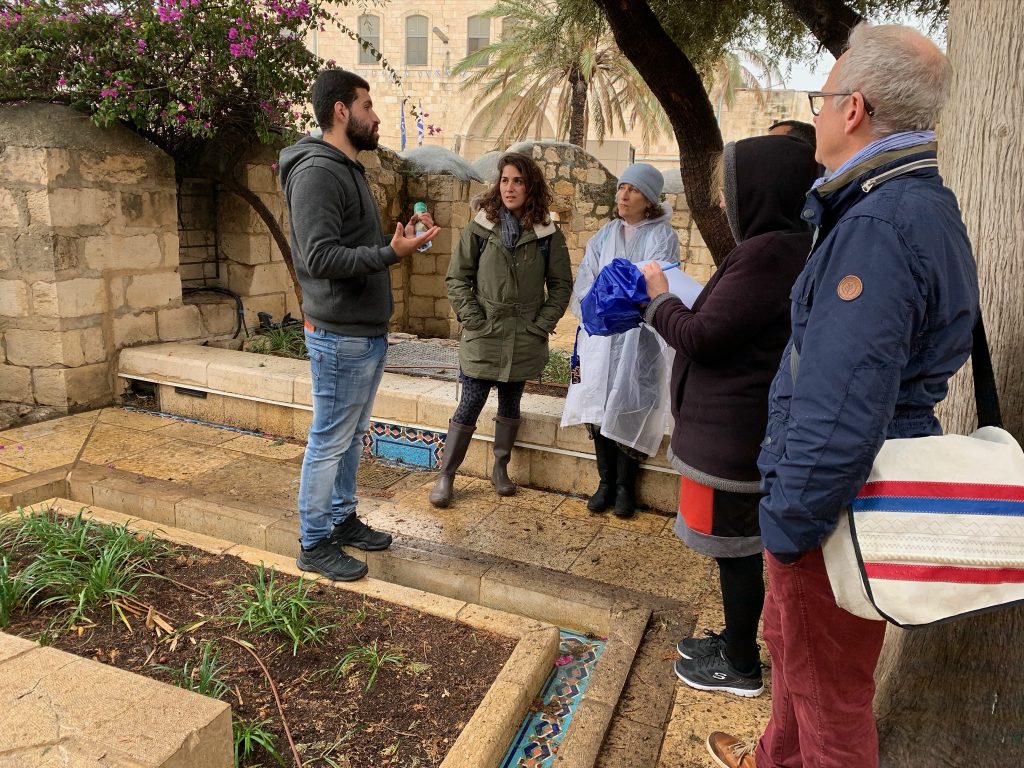

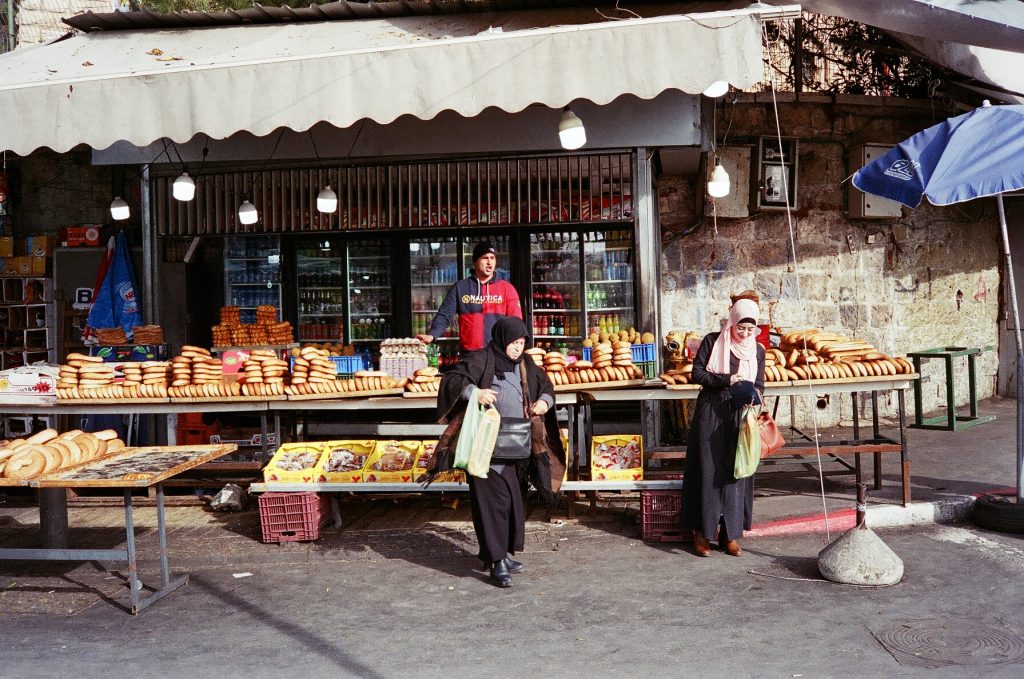
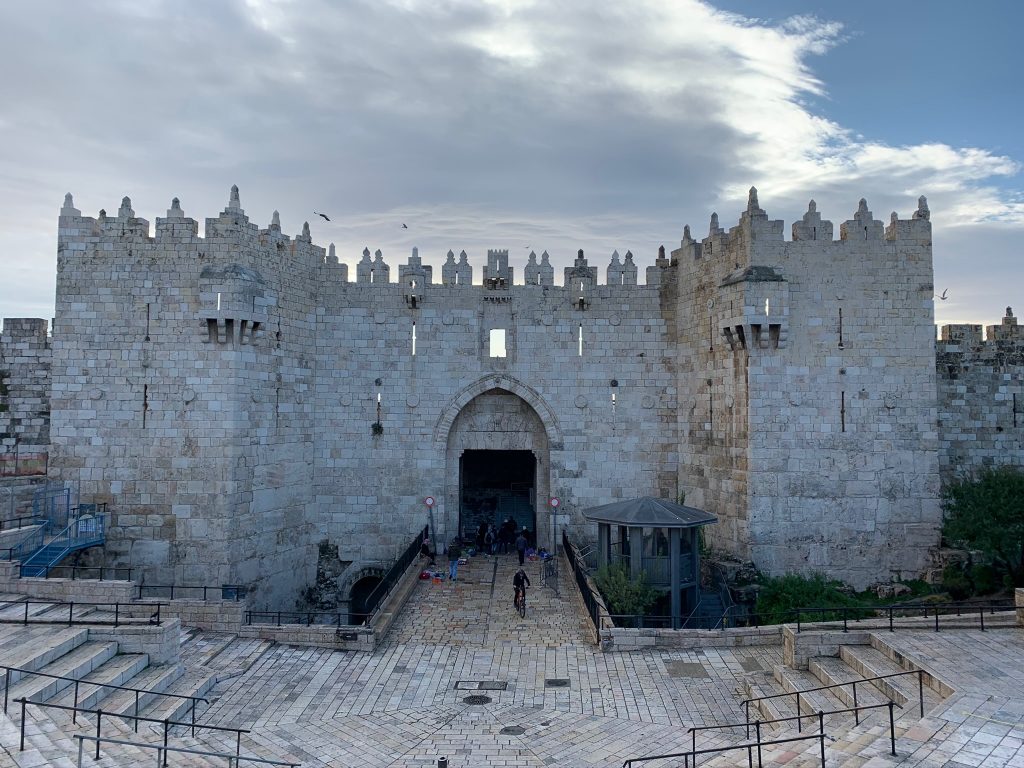
Outside of some delightful meals with fellow conference participants, I spent most evenings on my own, savoring the funky bars and restaurants in Jerusalem and chatting with young Israelis, who turned me on to the music of Daniela Spector and uniformly loathed Benjamin Netanyahu. If I go back, I’ll definitely spend more time at the bustling Mahane Yehuda Market and get another bite and beer at the Dwiny Pita Bar. Cheers to new conference friends Yiftach Hargil (Heidelberg University) and Beata Bochorodycz (Adam Mickiewicz University, Poland) for the fun.


I didn’t have a lot of expectations of Israel or Jerusalem prior to the visit. As part of my prior trip to Lebanon I had also visited the longstanding Palestinian refugee camps in Beirut’s suburbs and was able to experience, in a small way, the impact of Zionism in Palestine. I knew that there were deep links between many Americans and the country, though I didn’t recognize them so clearly (for some reason I was surprised I could take daily direct flights from SFO to Tel Aviv). Once I visited, as someone from the settler-colonial and deeply militarized US, the settler-colonial and deeply militarized Israel felt familiar.
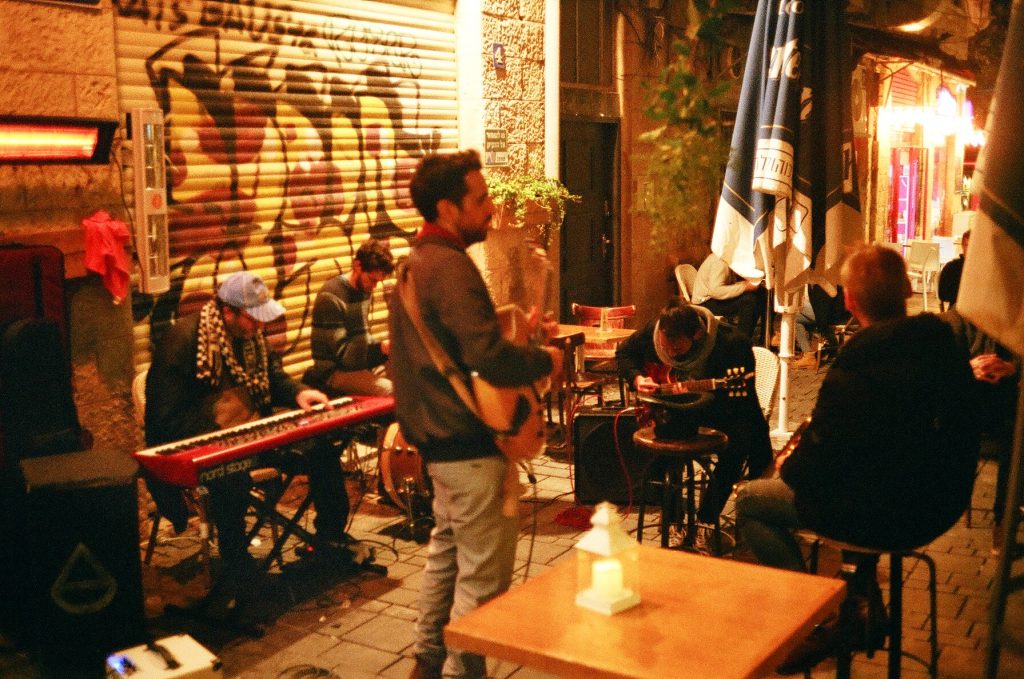
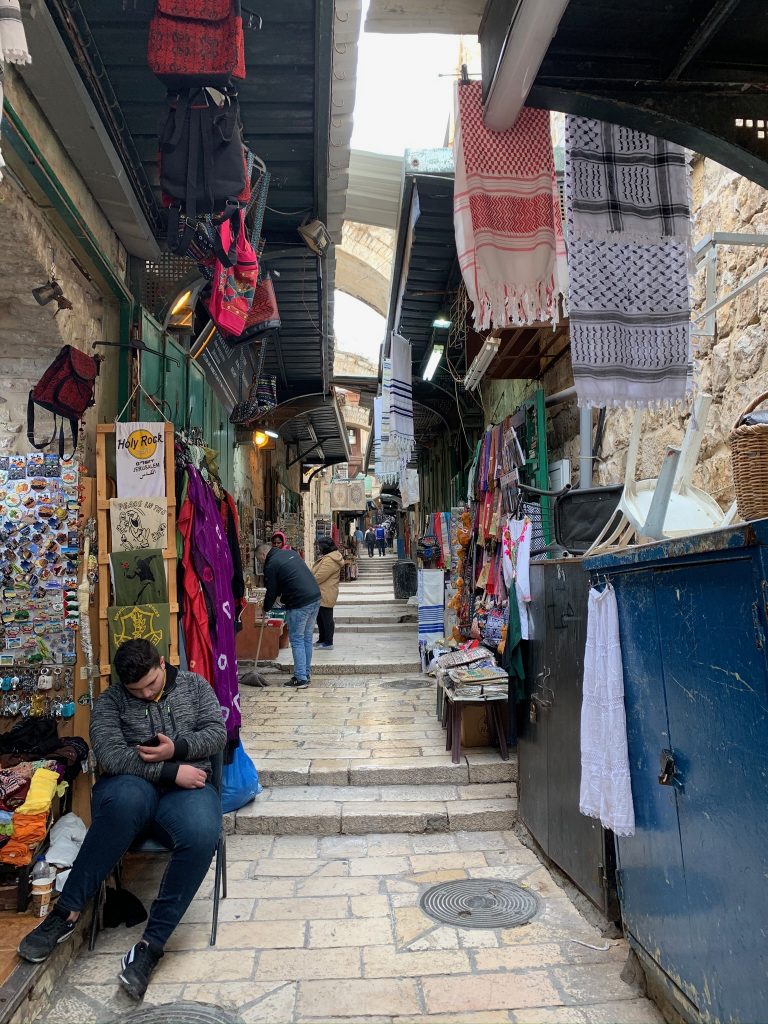
The next trip to Israel will, I hope, let me engage with scholars at predominantly Palestinian universities and other centers of historical inquiry. Any recommendations for folks I should contact would be greatly appreciated!
Thanks. Ray Mac
Miss you, brother! Hoping to get down to you guys whenever the smoke clears.